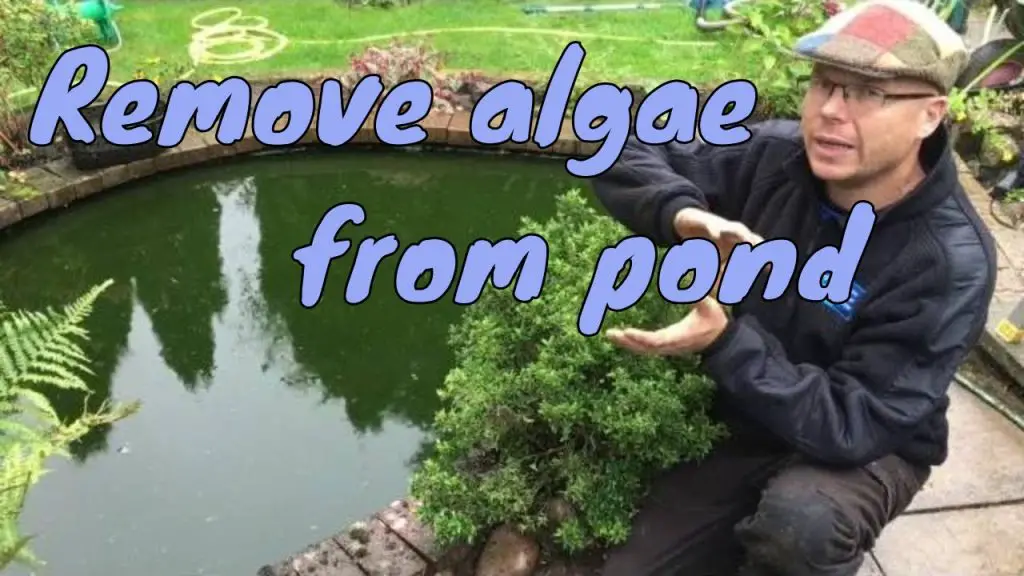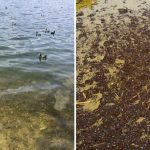Algae growth in ponds is a common issue that many pond owners face. Excessive algae can not only make your pond look unattractive but can also disrupt the balance of the ecosystem. However, there are several effective ways to combat algae growth and maintain a healthy pond environment. In this article, we will explore various methods to rid your pond of algae and keep it clear and beautiful.
1. Manual Removal
One of the simplest ways to control algae growth in your pond is through manual removal. This involves physically removing algae from the water using a net or rake. By regularly skimming the surface of the water, you can prevent algae from overtaking your pond. Manual removal is a labor-intensive method but can be effective, especially for smaller ponds.
2. Installing Aeration Systems
Installing an aeration system in your pond can help prevent algae growth by increasing oxygen levels in the water. Algae thrive in stagnant, low-oxygen environments, so by introducing aeration, you can create a healthier ecosystem that is less conducive to algae growth. Aeration systems come in various forms, such as fountains, aerators, and diffusers, and can be a valuable tool in maintaining water quality.

Credit: www.thepondguy.com
3. Adding Plants
Another natural way to combat algae in your pond is by adding aquatic plants. Plants such as water lilies, water hyacinths, and water lettuce can help shade the water and outcompete algae for nutrients. Additionally, plants absorb excess nutrients in the water, depriving algae of the food they need to thrive. By creating a balanced ecosystem with a variety of aquatic plants, you can reduce algae growth and improve the overall health of your pond.
4. Using Barley Straw
Barley straw is a natural and effective way to control algae growth in ponds. When barley straw decomposes in water, it releases compounds that inhibit the growth of algae. You can place barley straw bales or pellets in your pond to help prevent algae blooms. Barley straw is a safe and environmentally friendly option for algae control, making it a popular choice among pond owners.

Credit: www.wikihow.com
5. Applying Algaecides
If algae growth in your pond is severe and other methods have not been successful, you may consider using algaecides. Algaecides are chemical treatments designed to kill algae and prevent its regrowth. While algaecides can be effective in quickly clearing up algae blooms, it is important to use them sparingly and according to the manufacturer’s instructions to avoid harming other aquatic life in the pond.
6. Regular Maintenance
Consistent maintenance is key to preventing algae growth in your pond. Regularly removing debris, such as leaves and twigs, from the water can help reduce the nutrient load that fuels algae growth. Additionally, monitoring water quality parameters, such as pH and nutrient levels, can help you identify and address potential issues before they lead to algae problems. By staying on top of pond maintenance, you can create a healthy environment that is less prone to algae blooms.
7. Adjusting Feeding Habits
If you have fish in your pond, their waste can contribute to nutrient buildup and algae growth. Adjusting your feeding habits and not overfeeding your fish can help reduce excess nutrients in the water. Feeding fish smaller amounts of food more frequently can prevent uneaten food from decomposing and releasing nutrients that fuel algae growth. By managing fish feeding practices, you can help maintain a balanced ecosystem in your pond.
8. Seeking Professional Help
If you have tried various methods to control algae in your pond and are still experiencing persistent issues, it may be beneficial to seek professional help. Pond maintenance professionals can assess the condition of your pond, identify the underlying causes of algae growth, and recommend tailored solutions to address the problem. Professional expertise can be valuable in restoring and maintaining a healthy pond environment.
Conclusion
Algae growth in ponds is a common challenge for many pond owners, but with the right strategies and proactive measures, you can effectively control and prevent algae blooms. By incorporating methods such as manual removal, aeration systems, adding plants, using barley straw, applying algaecides judiciously, and maintaining regular pond upkeep, you can keep your pond clear and free of excessive algae. Remember that maintaining a healthy pond ecosystem requires ongoing attention and care, but the rewards of a beautiful and thriving pond make the effort worthwhile.





